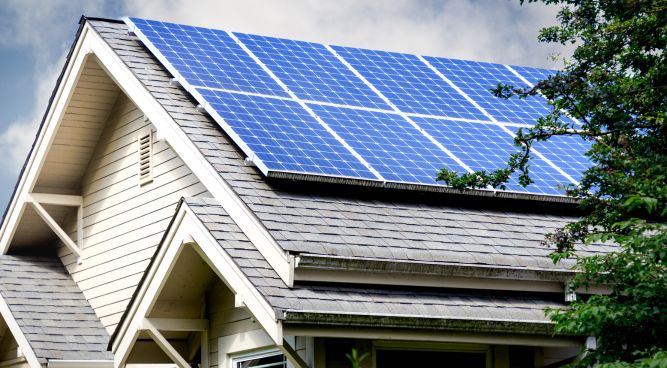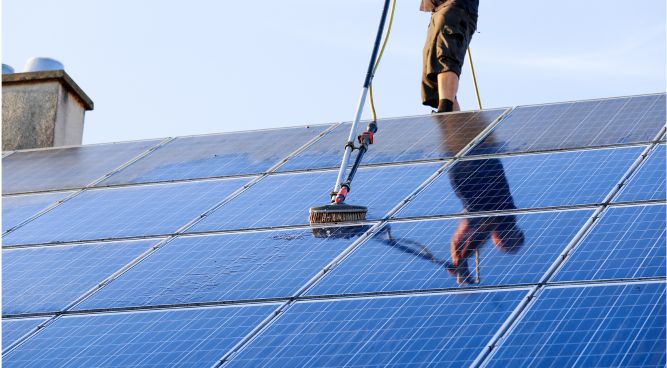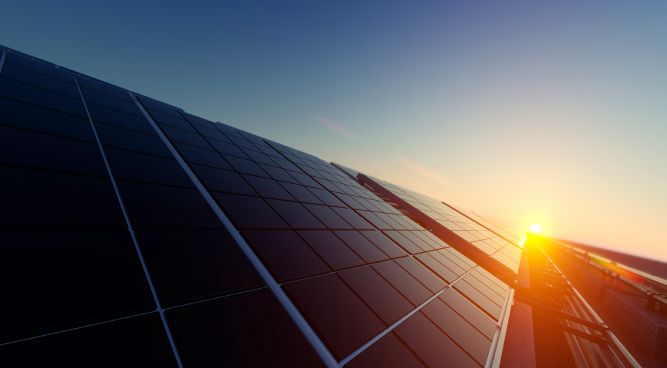Understanding XCV Panel
XCV Panel, short for “Extremely Conductive and Versatile Panel,” represents a new era in solar technology. Composed of an array of small photoelectric cells, Panels harness the power of sunlight and convert it into electricity. These panels offer a clean and renewable energy source that can either be directly connected to electrical devices or used to charge batteries for later use.

The Inner Workings of XCV Panels
XCV Panels are engineered with highly conductive materials designed to efficiently capture and convert sunlight into electrical energy.
Advantages of Panels over Traditional Solar Panels
XCVPanels offer several distinct advantages when compared to traditional solar panels:
Enhanced Efficiency
XCV Panels are renowned for their efficiency in converting sunlight into electricity. Their advanced technology allows them to capture and utilize more sunlight than conventional solar panels.
Lightweight Design
XCVPanels are significantly lighter than their traditional counterparts, making them easier to handle and install.
Longevity
Panels come with an impressive 25-year warranty, ensuring their durability and long-term performance, making them a wise investment.
Easy Installation
Installing Panels is a straightforward process that requires basic tools such as a drill, screwdriver, and wrench. Unlike traditional solar panels, Panels are user-friendly and can be installed with ease.
Aesthetic Appeal
With their sleek and modern design, Panels add a touch of sophistication to any environment where they are installed.
Versatile Applications
Panels are highly versatile and find applications in various sectors, including:
Powering Homes
Panels can be used in residential settings to supplement or even replace conventional electricity sources. Their cost-effectiveness and aesthetic appeal make them a popular choice for homeowners.
Commercial Buildings
Panels can be installed on the roofs of commercial buildings, providing electricity to multiple units within the structure. This innovative approach to energy generation benefits both businesses and the environment.
Industrial Use
Industries rely on Panels to power satellites and space stations, offering a dependable long-term energy source for critical operations.
Transportation
Electric vehicles, such as electric cars, benefit from XCV Panels installed to recharge batteries, extending the range and efficiency of these eco-friendly vehicles.
Types of XCV Panels
various types of Panels available:
Standard Panels
These panels consist of a single silicon crystal and are known for their exceptional efficiency, making them a top choice for those seeking maximum performance.
Enhanced Panels
Enhanced Panels contain multiple silicon crystals and offer reliable efficiency, suitable for a wide range of applications.for more information
Premium Panels

While more cost-effective, Premium Panels are composed of a thin semiconductor layer, making them slightly less efficient but still a viable option.
Installing XCV Panels: A Step-by-Step Guide
Installing Panels can be a DIY project with the following steps:
1. Gather your tools, including a drill, screwdriver
2. If you have existing solar panels, remove them carefully using a screw driver.
3. Use the drill to create holes in the desired installation location for the Panels.
4. Secure the Panels in place using a screwdriver and wrench.
However, for optimal results and to avoid any complications, it’s advisable to consult professional solar panel installers. These experts are skilled in positioning Panels correctly and ensuring they function at their peak efficiency.

Safety Measures for XCV Panel Maintenance
To ensure the continued efficiency of Panels, several maintenance steps are recommended:
1. Regularly clean the panels to remove dust and debris, maximizing their light absorption.
2. Periodically inspect circuit breakers and other essential components to prevent potential issues and malfunctions.
Choosing the Right Panel
When selecting an Panel, consider the following factors:
1. Panel Type: Mono crystalline panels are often the most effective, but polycrystalline panels offer a cost-effective alternative.
2. Installation Location: The placement of Panels impacts their performance, so select the location carefully.
3. Warranty: Ensure that your chosen Panels come with a warranty to protect your investment.
Drawbacks of XCV Panels
While Panels offer numerous advantages, it’s essential to acknowledge their limitations:
High Upfront Cost
Panels can be a significant initial investment, although their long-term benefits often outweigh this cost.
Sunlight Dependence
Panels only generate electricity when exposed to sunlight, limiting their effectiveness on cloudy days or during the night.
Performance Degradation
Over time, Panels may experience a decrease in efficiency, depending on the type and environmental conditions.
Fragility
Panels are made of glass and can be vulnerable to damage from hail, storms, and extreme weather events.
Maintenance Requirements
Regular cleaning and maintenance are essential to keep XCV Panels operating at peak efficiency.
Research and Development Centers for Panels
Numerous research institutions and companies worldwide are dedicated to advancing XCV Panel technology. Some notable centers include:
• The Scientific Academy (China): Leading research in Panel development.
• The University of Oxford (United Kingdom): Contributing to advancements in solar technology.
• The University of Tokyo (Japan): Advancing solar technology for global applications.
The Future of XCV Panels
Researchers are continuously working to improve Panel technology. Their efforts are directed toward:
• Increasing efficiency to generate more power.
• Making XCV Panels more affordable for broader accessibility.
• Enhancing their durability and resilience to environmental factors.
Alternatives to Panels
While XCV Panels offer compelling benefits, several alternatives exist in the renewable energy market:
• Sun Power: Known for high-quality, efficient solar panels with sleek designs.
• LG: South Korean manufacturer producing efficient and durable solar panels.
• REC Solar: Norwegian company focused on sustainable, environmentally friendly panels.
• Solar Edge: Manufacturers of reliable and efficient solar inverters.
• Enphase Energy: Producers of modular solar inverters known for their ease of installation and maintenance.
Frequently Asked Questions
An Panel, short for “Extremely Conductive and Versatile Panel,” is a type of solar panel composed of small photoelectric cells that convert sunlight into electricity.
Q-Which type of XCV Panel is best?
Monocrystalline panels are often the most effective, but polycrystalline panels offer a cost-effective alternative.
Q-How do I troubleshoot Panels?
Check circuit breakers and fuses and replace them if necessary.
Q-How do I install an Panel?
Follow these steps: Use a drill to create holes, position the panels, and secure them with screws and a wrench. Consider professional installation for optimal results.
Conclusion
In a global context where clean and sustainable energy solutions take precedence, XCV Panels emerge as a pioneering avenue. As “Extremely Conductive and Versatile Panels,” they offer efficient, budget-friendly, and eco-conscious options for generating energy across various applications. As continuous research and development efforts unfold, XCV Panels are positioned to play a pivotal role in shaping the landscape of future energy production and consumption.




